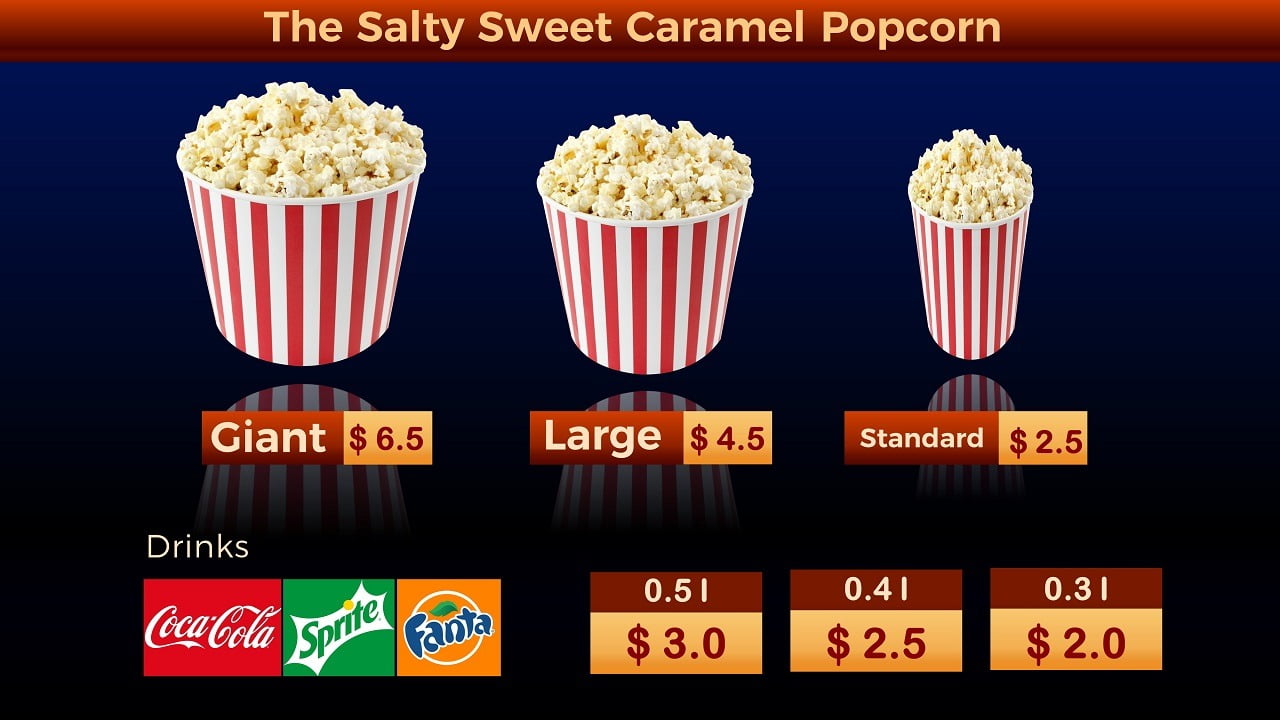In the 21st century, communication and interaction between organizations and the public have been transformed by advances in technology. In the past few years, a majority of companies and organizations have replaced traditional signage with digital signage, which displays images, texts, and videos separately or combined as informational movies. Among the most popular tools used to create content, digital signage movies include Microsoft’s PowerPoint and Adobe’s After Effects.
One of the reasons behind the popularity of digital signage over traditional static options is the ability to change or customize content in an instant to capture the attention of the audience or communicate an urgent message. Using PowerPoint to create digital signage movie advances this core principle because it is fairly simple to change or customize content. You can select the content box and change or update the content instantly. Tables and text boxes in a PowerPoint presentation can be updated in real-time by connecting to DataPoint and link to a data source ensuring automatic updates without stopping the movie. Also, you can export your presentation to a video format or save it as PowerPoint Show (.ppsx). In comparison, Adobe After Effects does not allow real-time data display or updates based on the static nature of videos. Updating content in digital signage movies created using Adobe After Effects requires the presentation to be stopped to replace the video used with an updated video. After updating or changing the content, the video needs to be re-rendered before being re-installed into the digital signage content.
Regarding complexity in creating digital signage movies, using Adobe After Effects is more complex than PowerPoint. Creating a signage movie using Adobe After Effects starts with the development of presentation design to be used to generate output. The output is rendered in After Effects to create the video presentation. Rendering is time-consuming and tedious because the video frame refreshes at the rate of between 25 and 30 frames per second and each video is drawn and written to the file. Attaining, a fluent in the video requires expertise in video creation to increase the number of frames per second. In comparison, digital signage presentation is easy to create using menu options, user-friendly interfaces, and shortcuts offered by PowerPoint. You need general insight into PowerPoint’s layout, design, and fonts to develop a movie presentation. Apart from this significant advantage, creating a digital signage presentation using PowerPoint is not only cheaper than Adobe After Effects, but also smaller in size and can be copied quicker.
Another benefit of using PowerPoint is the ability to insert new videos or images into the movie because it supports Video in PowerPoint (VIP). Using texts, images, and videos in digital signage presentation creates an immersive experience on the audience. You can include a video into digital signage movies by inserting a new slide and select layout, which gives you the option to insert video saved in your PC. Also, PowerPoint offers playback allowing videos to play automatically frame by frame or full screen when the presentation moves to the video slide.
PowerPoint allows you to place text on top of the video easily by going to Insert on the menu, select Text Box, draw a textbox on the video, and enter your text. Placing text over video enables digital signage to interact and connect with the audience more effectively by harnessing the power of visual content offered by texts and videos.
In terms of visual effects, Adobe After effects allows users to develop any visual effect or animation they desire in their videos. The visual advantage over PowerPoint is insignificant because you can also create animation on a slide and transition between two slides. Although animations and transitions are limited in a predefined list, they offer the important effects needed to develop a functional digital signage movie. During the presentation, you can also change the speed and direction of your animation using PowerPoint.
Based on this analysis, you should use PowerPoint to create digital signage movies because it is cheaper and easier to create, update, and change the content. Also, you insert videos easily with texts on the top to enhance the effectiveness of your digital signage presentation.




Hello,
Am interested with your software products and would like to become a reseller. What are requirements to become one?
Excellent news. We are going to contact you directly for this.